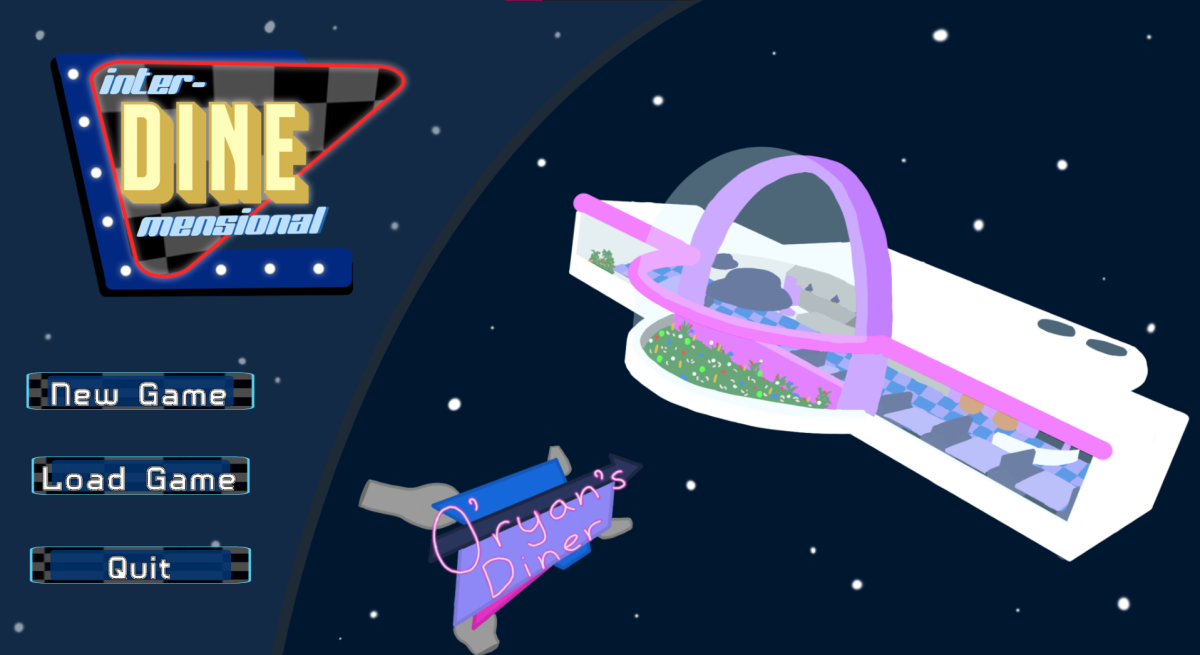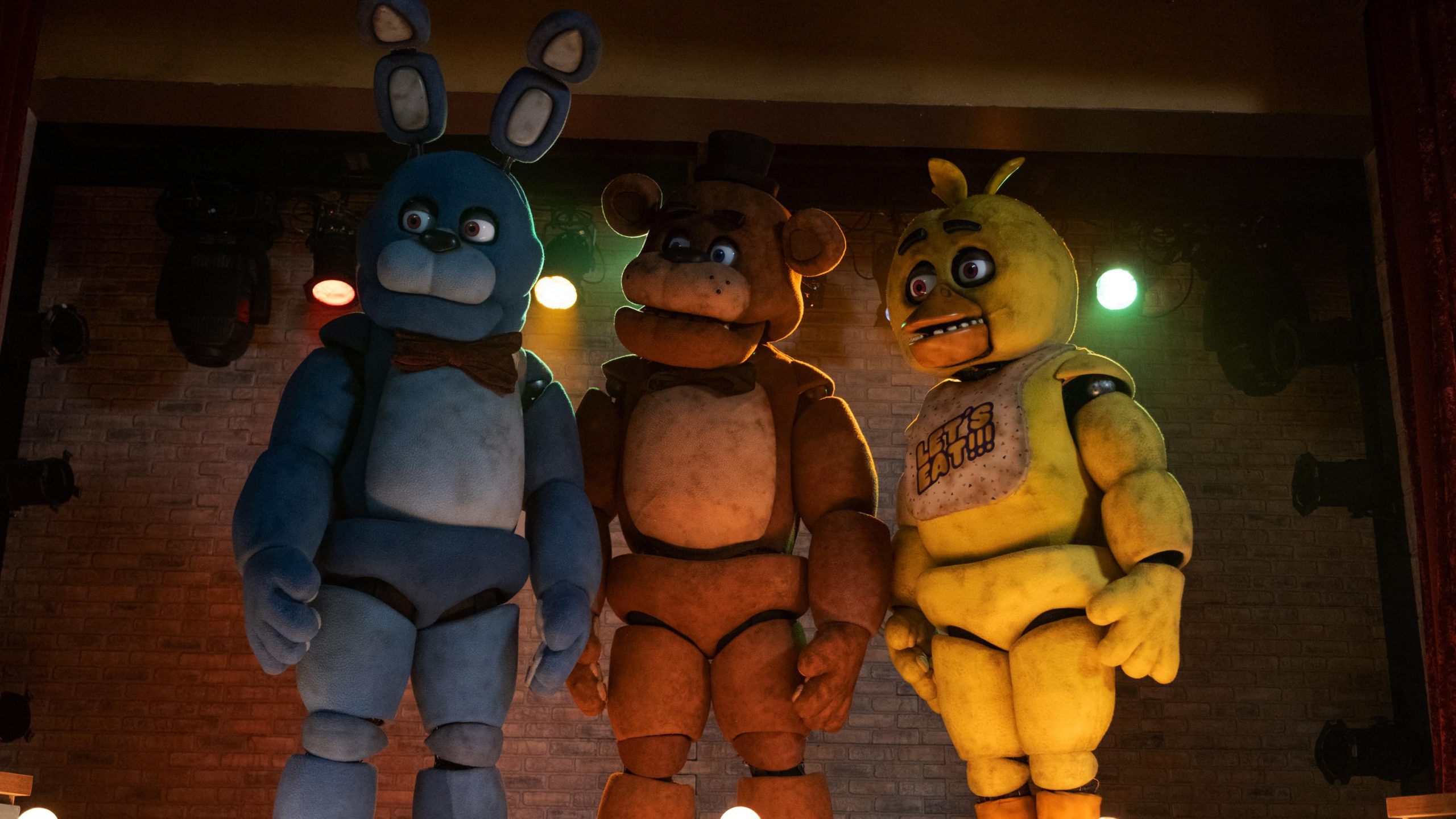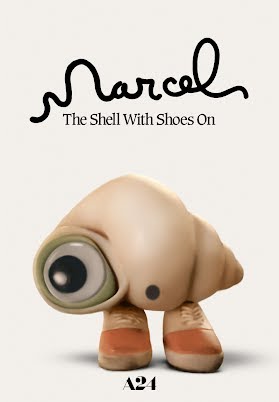By Johnathan Jena
Disney’s Frozen, a crowd-pleasing and record-breaking animated fairy tale/adventure has captivated audiences around the globe recently having won 2 Academy Awards and grossing over $1 billion and counting as of March 4th.
“It gets across a great message and there’s something in it for everyone,” stated freshman graphic design major Ryan Sawyer.
It is clear that with its worldwide sales and accolades, both under the public and critics’ eyes, that it is a very appealable film, but what is it that makes it the success it’s become?
One step that Disney takes in this film to set it apart is that its plot serves as a subversion of Disney’s traditional fairy tale formula. As Brian Kelly, a Fitchburg State Psychology professor with a PhD in Cognitive Neuroscience and over five years of theater directing experience states, “In classic Disney fairy tales, there was a formula for villains and the direction of the plot. Disney used the characters as vehicles to represent what is just and good through the idea of true love saves all, whereas Disney’s Frozen takes a different emphasis on the idea of what love constitutes.”
By focusing on the sisterly relationship between Anna (Kristen Bell) and Elsa (Idina Menzel), friendship, with the addition of the comedic snowman, Olaf (Josh Gadd), as well as a dynamic approach on love with the aid of two central male characters, Prince Hans (Santino Fontana) and Kristoff (Johnathan Groff), Frozen shows that love comes in many facets and is not built from a stationary good/evil binary.
“In earlier fairy tales such as Snow White, Snow White doesn’t learn a lesson except that she is good therefore she always wins,” Brian continues. “Frozen, on the other hand, deals with complex multifaceted relationships in which characters change and adapt. Thus, it becomes less of a movie focused on delivering a moral (though there are still lessons), and more of a movie in which the audience has to do the thinking.”
The transcendence of popular Disney formulas in terms of love and overall character treatment are two things which make Frozen stand out to audiences.
Not only are the character relationships complex in the movie, but also are the characters’ struggles. Elsa, one of the female leads, is gifted with the magical ability to control and manipulate snow and ice.
After accidentally harming her younger sister Anna during her childhood, she is traumatized and is forced by her parents to control and contain her powers. This repression is bottled up inside her and creates a complicated psycho-emotional palate on which viewers can find shades of themselves.
“I connected to Elsa because I’ve gone through struggles like having to hide who I was in order to be accepted,” recalled Matthew Ramsden, a junior English major. These psychological implications of repression cause Elsa to lock herself away inside her own castle out of fear that she would hurt others.
Later, Elsa’s fear causes her to flee her homeland of Arendelle and force herself into isolation, creating an artificial reality in which she tries to come to grips with who she is, thinking it better to be who she is alone than to have to hide herself away from others.
The second trope that Disney breaks is using isolation not as a means of punishment or a signifier of evil (such as in fairytales), but as a tool of liberation. During Elsa’s performance of “Let It Go”, the film’s popular ballad about self- discovery and individuality, there is constant imagery of snowflakes (synonymous with individuality and no two being alike).
Through captivating and symbolic visual imagery, Disney uses the thing Elsa perceived as evil (her powers) as the very thing from which she constructs self-liberation on her quest to find the calm for her inner storm.
In addition to a physical antagonist, Disney introduces through Elsa, an internalized antagonist, which speaks much more deeply to the humanistic and internal battles many of us face.
“Just as Elsa had to hide her powers from Anna, I hid my social anxiety from everyone else and I saw myself in her.” Ryan accounts. “Now that I’ve told people about it, I realize that all I was trying to hide was a part of who I was. I’ve learned that it is okay to struggle with adversity, as long as we have the vulnerability to open up to those who show us trustworthiness. In time, love and friendship can thaw those things which leave us paralyzed and frozen.”
Through the psychological themes of repression, love, societal stigmas, self-created fear, and the search for the root of our deepest problems, the treatment of the characters’ inner and outer struggles help Frozen make a powerful impression on those who see it.
Instead of a centralized good versus evil narrative structure, Disney’s Frozen presents a multi-layered dialogue, which involves several independent story arcs, which constantly adapt and evolve as the characters learn about the good and bad in themselves and others.
“It speaks to so many today, not because of the context of any socio-political themes or relationships, but because of the human dynamic,” Brian concludes. “We can all relate to not feeling good enough, or having to take on pressures in a moment’s notice. We can all relate to feeling alone, and having to accept the worst of ourselves and helping others do the same—and that’s what makes it so personal and poignant.”
With characters that speak to every age and these very real and vulnerable issues, Disney’s Frozen reminds us that like the ice itself, there is beauty even in coldness. This daring and dynamic modern day fairy-tale has left an undeniable impression on millions of people around the world, and continues to do so with each passing day.
Disney’s Frozen (rated PG) is currently available for Digital HD and Digital 3D download, and will be available on Blu-ray, DVD, and On-Demand beginning March 18.


















